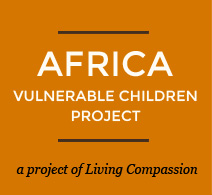Driving into Kantolomba, you see a variety of types of structures and housing. Some resemble the building on the left, using any available resources to patch the structure together; usually these are bathing areas or outhouses. A few others have thatched roofs, using the same wood we used for the fencing as it’s siding and are generally outdoor eating or meeting areas. Behind these two buildings is a more solid home that is finished and painted and topped with what looks to be a tin roof, critical to keeping the houses intact during the raining season. You can always tell a Living Compassion cooperative member home as it has a roof with solid tin sheets—a product of the roof loan program several years ago.

Although there are a few small businesses, such as places to cut and style hair or small kiosks, the primary business in Kantolomba is alcohol and bars. In the past week and a half, the only two vehicles we have seen related to industry were the truck delivering beer and a truck (resembling oil or gas delivery) filled with molasses (completely unsanitized) and brought in to make liquor.
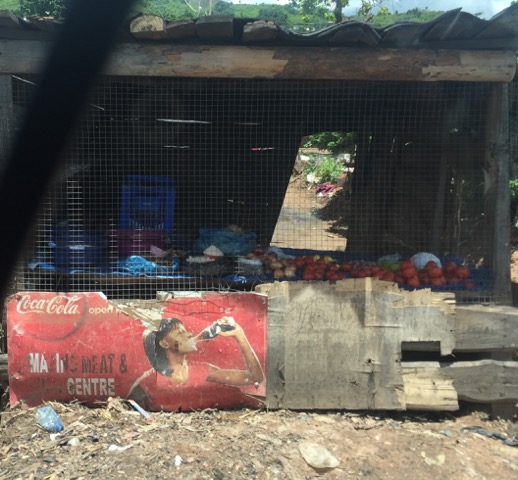
Some entrepreneurs buy large quantities of items in town and then sell them for a small profit to individuals. This kiosk has fruits and vegetables.
Every morning, as we make our way to Living Compassion, we see first-hand many challenges the children face: intoxicated groups of people (mostly men), loud music blaring from the bars, massive unemployment, teenage girls with babies, and lack of adequate trash clean up.
After driving a few minutes on the rough, washed out roads, we turned and passed through property gates, finding ourselves at the oasis that is Living Compassion, a place for children to eat and play and learn in a well cared for, safe environment.

Thanks to all our donors, the students have access to clean water and well-constructed buildings

The fenced in property is attended to every day. Remember the work the staff did earlier in the week to clear the weeds and build the fence?

When we are in place that is given attention and care, as the lawn, bushes and plants and building reflect, we feel cared for too.
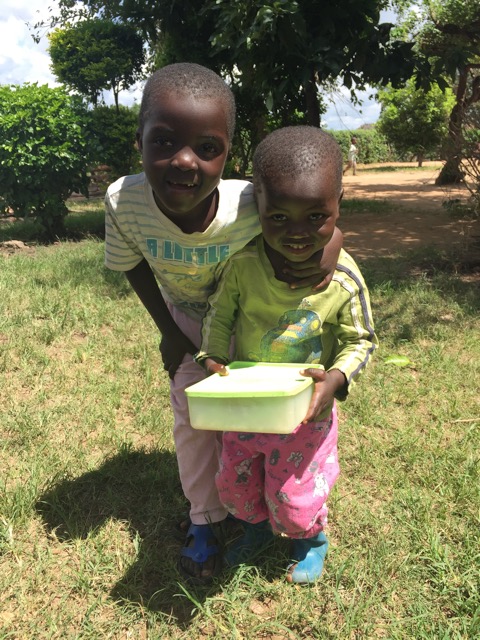
Children are free to be play, learn and be happy in the safety of the Living Compassion Property.
And of course, we all benefit! One way we receive each day is the wonderful welcome.
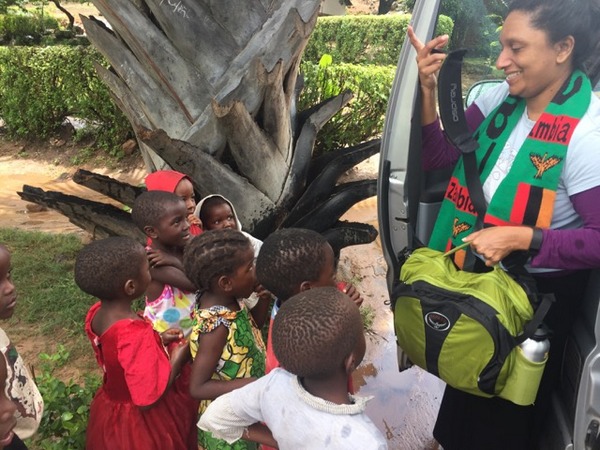
Welcome!
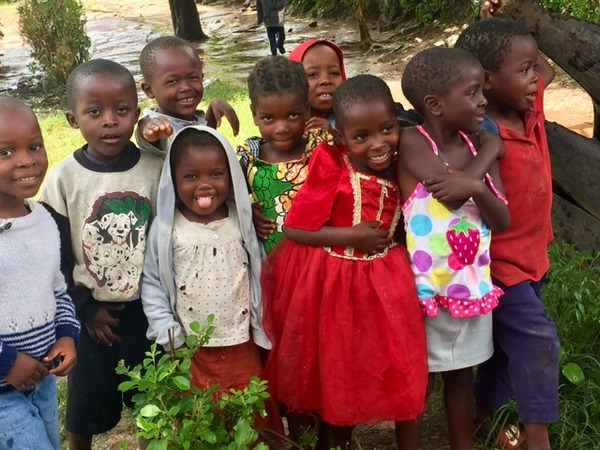
Beautiful faces.
There is no need to engage the little ones in learning. They are engaging us before we even make it to the classrooms!
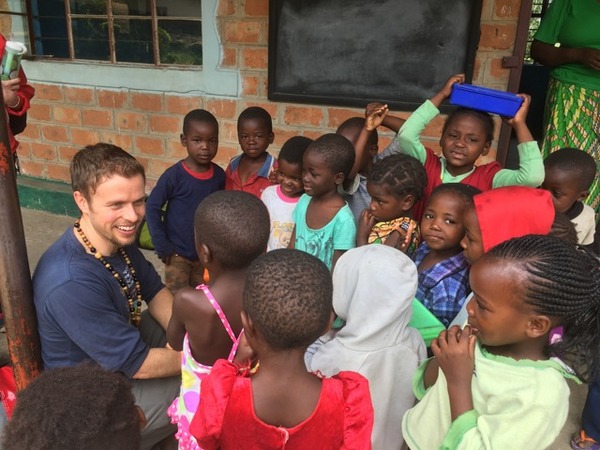
Students practice “Hello. My name is _____. How are you? I am fine.” The smiles and enthusiasm inspire us to practice with everyone who wants to, which was most everyone!

Sreedevi holds an impromptu outdoor class on the word of the day: rain!
As we continue our efforts to establish a culture of literacy, we look for any opportunity to reinforce the word of the day exercise. Theresa had an idea drop in to use the outdoor chalkboard. The younger students will use the word rain. The older students will add more sophisticated vocabulary.

Theresa using the visibility of the outdoor chalkboard to cue students and teachers to practice the word of the day.
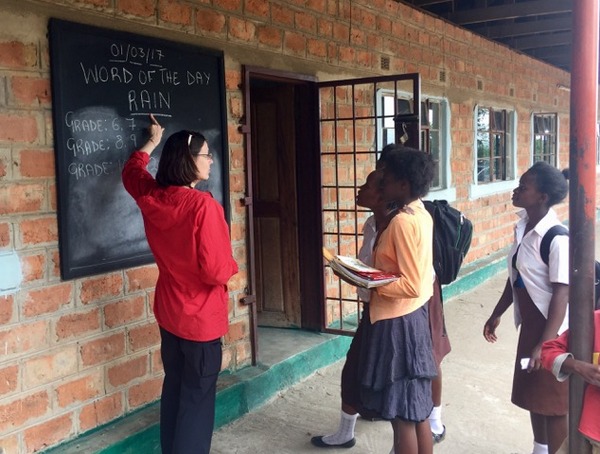
Jen explains the word of the day board to the older girls arriving from government school. We’re hoping to get their assistance in reinforcing the word with the younger children.
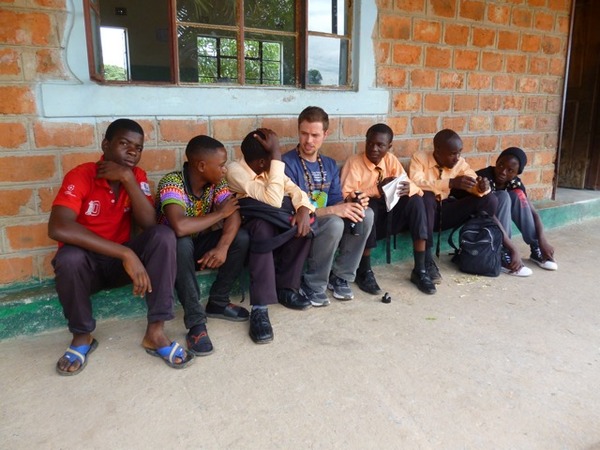
Some of the guys talk with Scott about one of their words for the day – demonstration. How might they demonstrate their commitment to Living Compassion?
In going over some student records and updating our roster lists, we watch the video we made in 2007 of the first 100 children. A few students were surprised to see themselves. (Most students don’t have pictures of themselves, especially from 11 years ago!)
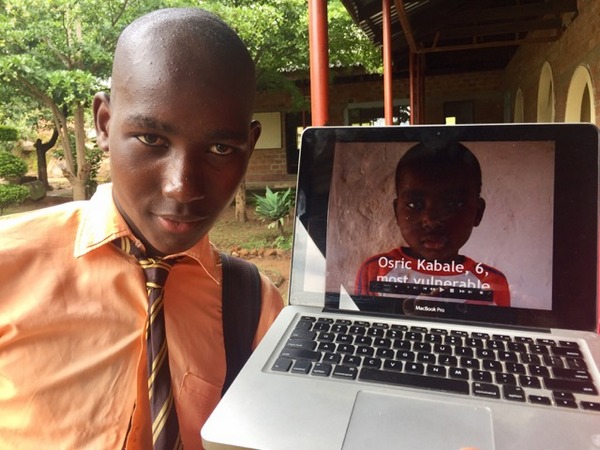
Osric, now 17 and in 11th grade Lubutu Secondary School. A success!
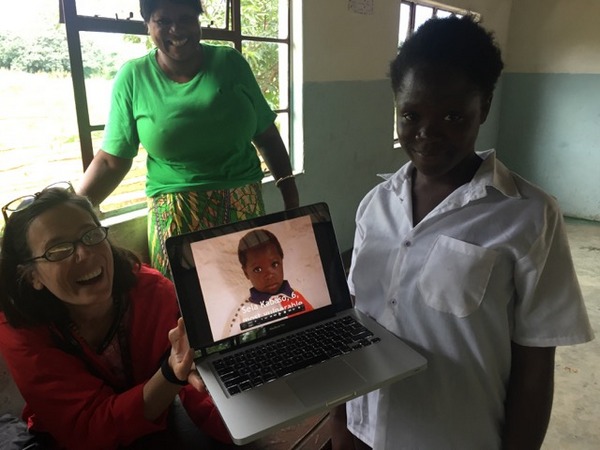
Sara, now 17 years old! Jen and Theresa, smiling ear to ear like joyful, proud parents. Note the spelling of her name on the video. Many Zambians make an ‘r’ sound where there is an ‘l’. Being new on the scene in 2007 when we took down all the names, we understood her name to be “Sela”!
We resumed our conversation about how we might adapt our teaching approach to better serve the focus of improving the reading and reading comprehension abilities of the girls in the girls program. It seemed clear we need a more individualize approach. As the discussion progressed we paused and asked Theresa, “Who needs to be here to talk about this?” Theresa replied, “All the teachers.” Collaboration, asking each other questions, listening to one another’s ideas and experiences—this is how the program elements get created.
What ensued was a very productive meeting. It was one of those fun places where you throw all the pieces up in the air, examine the assumptions that have been there, question everything, believe nothing and simply witness as the pieces glide back together in a way no one walked into the room having thought of. Wow! Might we move to a much more individualized approach? Assign 5 to 6 students by reading level to each teacher. Reading and reading comprehension would be the priority over any other subject. Truly, if you can’t comprehend the question on your exam, you won’t be able to answer that social studies, science or history question! This felt like a significant breakthrough, and we all agreed to sit with it overnight and report back tomorrow.
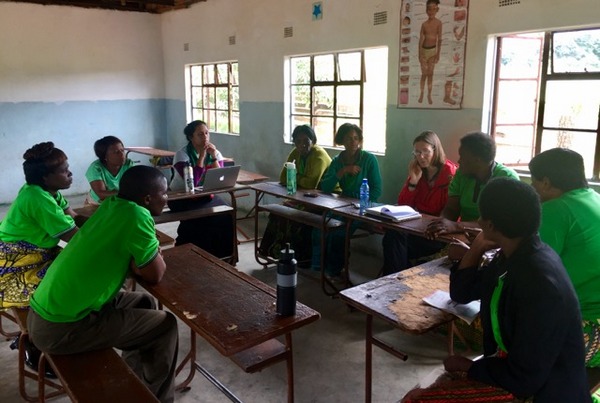
Meeting with the team
Before we left for the day, we found our local journalist hard at work!
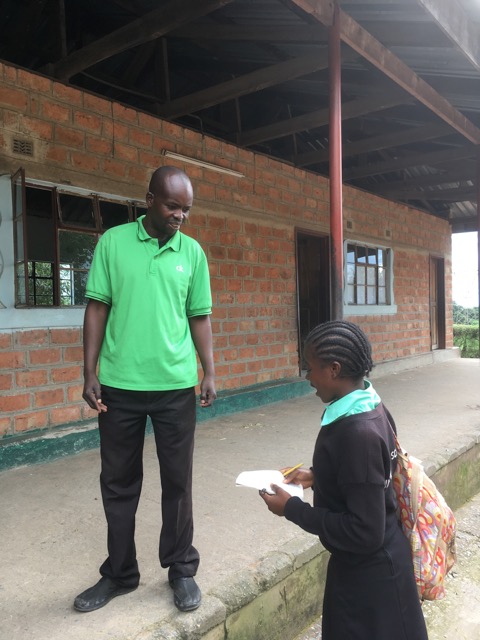
Sylvia, grade 12, interviews Elias about the fence being built around the property
